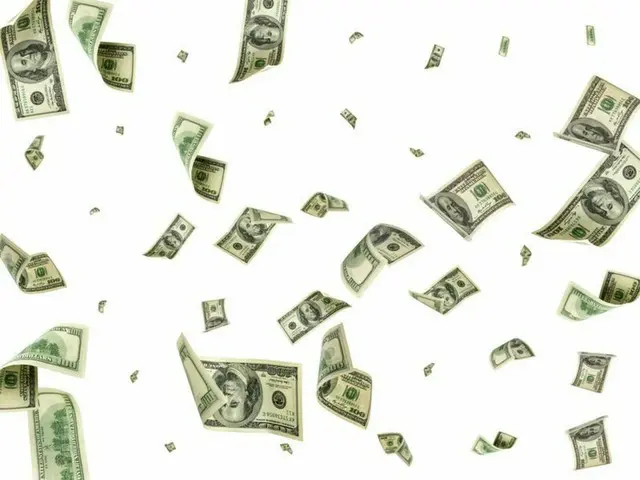Consumption has declined for two consecutive years, following 2023. This is the first time this has happened. According to the Statistics Korea National Statistics Portal (KOSIS) on the 12th, the retail sales index for January to November last year was down 1.1% from the previous year.
This is a 2.1% decrease from the same period in 2003. This is the second largest decrease since 2003 (down 3.1%), when consumption cooled due to the card shock caused by reckless credit card issuance and loans.
This is the largest decline in a year. The current decline in consumption is exceptional across all product groups, including durable consumer goods such as automobiles and home appliances, semi-durable consumer goods such as clothing, and non-durable consumer goods such as food and beverages.
This is clearly evident. In the first November of last year, consumption of durable, semi-durable and non-durable goods declined by 2.8%, 3.7% and 1.3%, respectively, compared to the same period last year.
This marks the second consecutive year of decline, following 2016. It is the first time since related statistics began being compiled in 1995 that durable, semi-durable, and non-durable consumer goods have declined for two consecutive years.
During the 1998 currency crisis, consumption in all commodity groups recorded negative figures, but rebounded the following year.
Consumption of automobiles, a representative durable consumer good, is expected to grow by 7.6% in 2023, but fell by 6.5% last year.
Clothing, a semi-durable consumer good that had remained stable (0.2%), also saw a 3.2% decline last year. Food and beverages, a non-durable consumer good, were affected by the prolonged high prices.
Consumption has been sluggish since 2006, when the statistics began to be compiled, and has fallen by 2.5% last year, widening the decline.
The consumption of services has also shown a slowdown. From January to November of last year, consumption of services increased by 1.5% compared to the same period of the previous year.
The growth rate of services production, which has shown a clear recovery trend since the end of the COVID-19 pandemic, is expected to peak (6.9%) in 2022 and then drop to 3.3% in 2023.
The economy grew 1.2% in the first quarter of 2019, down 1.4% from the previous quarter, and fell 1.2% from the previous quarter.
Since October last year, successive cuts in the base interest rate had raised hopes for a recovery in domestic demand, but consumer sentiment was dampened again by the declaration of emergency law on December 3.
According to the bank, the CCSI index for December was 88.4, down 12.3 percentage points from the previous month, the biggest drop since the COVID-19 pandemic began.
is.
2025/01/13 07:06 KST
Copyrights(C) Edaily wowkorea.jp 107

